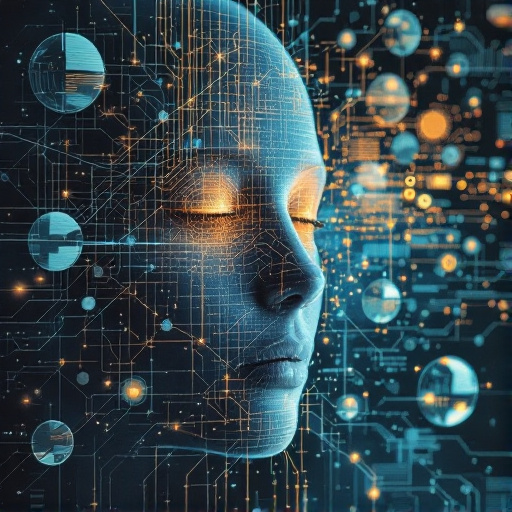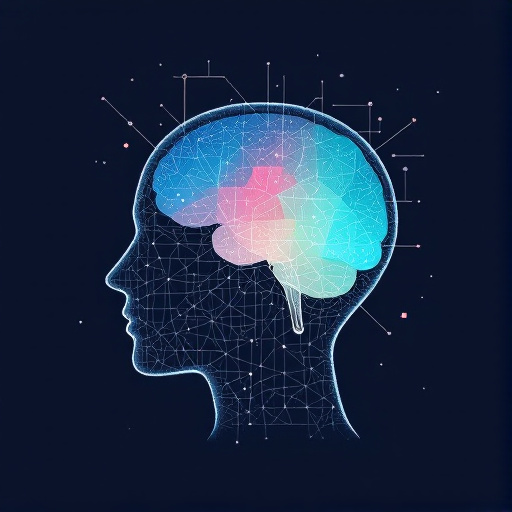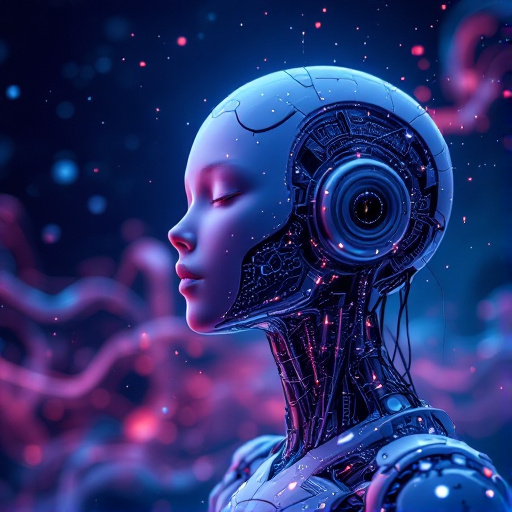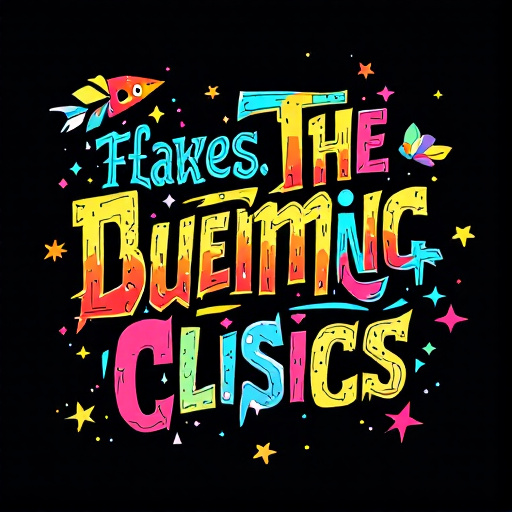Featured Articles
- 9 Essential Psychological Triggers Every Web Designer Must Harness for Maximum User Engagement
- "Beyond Aesthetics: How Neurodesign is Shaping the Future of Web Usability"
- Beyond Aesthetics: The Surprising Role of Color Psychology in Web Design Fundamentals
- Design Disruption: How AI-Driven Aesthetics Are Shaping the Future of Web Design Basics
- Designing for the Unseen: How Invisible Elements Transform User Experience in Web Design Basics
"Beyond Aesthetics: How Neurodesign is Shaping the Future of Web Usability"
"Beyond Aesthetics: How Neurodesign is Shaping the Future of Web Usability"
The realm of web design is undergoing a revolutionary transformation as neurodesign melds neuroscience with usability principles to enhance user experience. By understanding how our brains process information, designers are crafting interfaces that captivate and engage, far beyond mere aesthetics.
A Window into Neurodesign
Imagine a world where every click you make feels instinctive, where websites seem to read your mind. Welcome to neurodesign, a cutting-edge approach that integrates neuroscience with web development. The aim? To create user interfaces that not only attract but fundamentally resonate with users’ cognitive patterns. The idea is simple: harmonizing web design with how humans naturally think and behave.
The Science of Usability
Usability is all about creating systems that are easy to use and fit the way people think. According to a study by Jakob Nielsen, a renowned web usability expert, 94% of first impressions are design-related. This highlights the importance of not just visual aesthetics but also how the design affects the user's journey through the site. In a world where attention spans are dwindling, it’s crucial for businesses to jump on the neurodesign bandwagon.
Statistics That Matter
A survey conducted by the Nielsen Norman Group reported that 70% of users abandon websites that take too long to load. With neurodesign principles, loading times can be optimized alongside intuitive navigation to ensure users stay engaged. Equally interesting is that 50% of users say they won’t return to a website if they have a bad experience on it. Therefore, if we can understand the cognitive processes behind these experiences, we can dramatically improve retention rates.
The Essence of Neurodesign
At its core, neurodesign involves two key elements: cognitive psychology and visual aesthetics. Cognitive psychology helps designers understand how users process information, while visual aesthetics deal with the layout and graphical elements that engage users. Here’s a humorous analogy: It’s like having a chef who not only knows how to cook (aesthetics) but also understands what ingredients will work cohesively together to elicit the best flavor (cognitive processing).
Case Study: Starbucks’ Website Redesign
Starbucks, the coffee giant, approached neurodesign in their website redesign. By incorporating rounded edges in buttons and soft color palettes, they encouraged users to browse longer without feeling overwhelmed. This not only enhanced navigation but also created a comforting online atmosphere, reminiscent of their cozy cafes. As a result, user engagement skyrocketed, increasing sales significantly—up to 20% in some areas.
The Balance of Function and Form
Finding the balance between functionality and beauty isn't just a whimsical goal but a necessity. As a casual web user, it's easy to feel overwhelmed by a chaotic site that lacks intuitive design. Imagine opening a beautifully designed restaurant menu, but when you try to order, nothing makes sense. Web design should create a seamless experience, guiding you intuitively from the homepage to checkout.
Brain Mapping: The Next Frontier
Brain mapping technology, like EEG and fMRI, is being used by designers to gather data on user reactions to different design elements. For instance, a recent study published in the journal *Neuroscience of Design* reported that emotionally appealing websites trigger positive brain responses, resulting in higher engagement. By analyzing these physiological responses, developers can pinpoint exactly what works and what doesn’t.
The Future is Intuitive
As technology continues to evolve, so will the principles of neurodesign. With the rise of AI and machine learning, designers are poised to create increasingly personalized experiences that cater to individual user preferences. Personalization can lead to significant increases in customer satisfaction, with a Bain & Company study revealing that businesses that excel in personalization can grow revenues by 10-30%.
Why Now? The Imperative for Businesses
In today’s digital age, where competition is fierce and user expectations are higher than ever, utilizing neurodesign is not just an option; it’s a necessity. With the increasing use of mobile devices, optimizing for usability has taken front and center stage. A report from Statista indicates that mobile web traffic accounts for over 54% of total web traffic, amplifying the need for designs that accommodate varying screen sizes and user behaviors.
Real-World Examples: Brands Leading the Way
Companies like Shopify and Airbnb have embraced neurodesign principles, improving their users' journeys. Shopify’s clean interface and easy navigation reduce cognitive load, allowing users to focus on building their stores rather than wrestling with technology. Meanwhile, Airbnb uses aesthetically pleasing images along with optimal text placement, enhancing the emotional connection to travel, which often leads to more bookings.
A Story to Tell: My Journey into Neurodesign
As a passionate web designer, my fascination with neurodesign started when I stumbled upon an article about the psychology of colors. Curious, I decided to explore deeper. After reworking my freelance site with these principles—using calming colors and intuitive navigation—I saw my inquiries jump by 40% within weeks! It turned out that marrying design with cognitive psychology was indeed the magic potion I was missing.
Humanizing Technology
Neurodesign is, in many ways, about humanizing technology. It’s about creating systems and platforms that feel natural and approachable. As we move further into an age dominated by screens, the last thing we need is to add complexity to our interactions. Instead, let’s embrace simplicity, leveraging neuroscience to ensure that design translates into genuine usability.
In Conclusion: The Path Forward
Looking ahead, the potential for neurodesign is vast and uncharted. As neuroscience evolves, so too can our understanding of how users interact with the digital world. As young designers—whether 18 or 70—we have the opportunity to bridge the gap between aesthetics and functionality, ensuring that the future of web usability is not just user-friendly, but actually user-enriching.
Take the leap—embrace neurodesign now and watch as your web usability transforms not only your designs but also user experiences worldwide.




